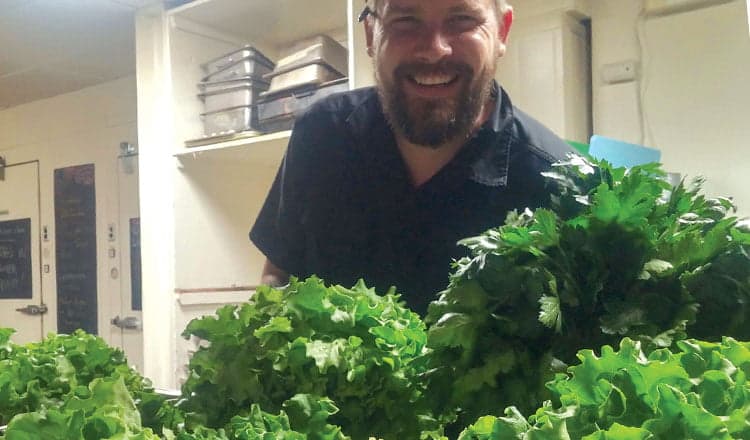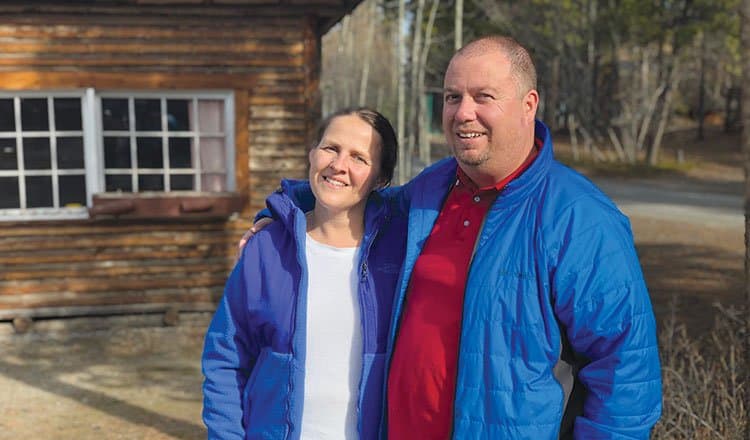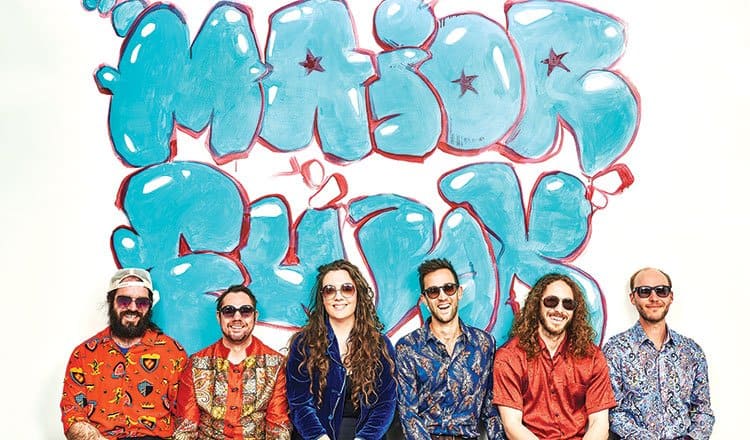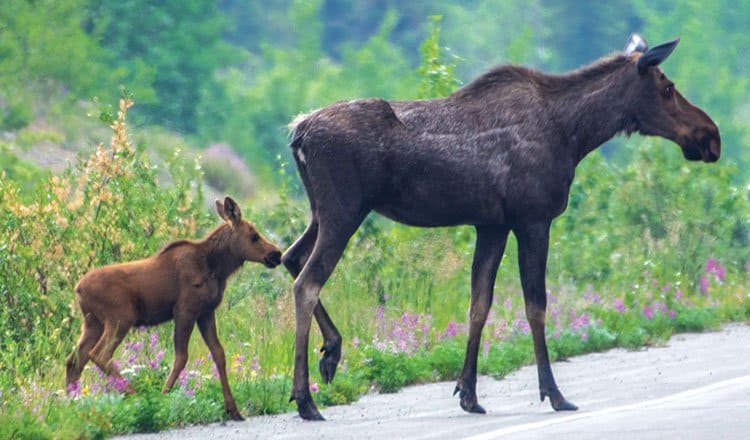As I continue my conversations with Joe Copper Jack, I begin to understand that it is not just about the content, or events of the story, but what the story teaches. Traditional stories are the way to learn from the past. When we hear them repeatedly, we can sink into the story. Here, we can slow down, look back and examine, not only what happened, but what that means. We get a deeper understanding when we examine the actions of the long-ago people, the way they walked on this land, how they related all land dwellers and how that world related back. Respond instead of react. To do that, we need to sit and take time, listen and learn, take it slow.
Joe Jack begins his next story with the following words.
“So, for myself now, in 2019, the incident with Taicho and the grizzly bear and I would suspect it happened around 1988/9 near North Fork Island, which is in Alaska. From what I see, there was a lesson for Taicho that was going to pass down to his family. His spirit guides, or doctor, sent that bear to confront him and he had to use his wits, his understanding and his knowledge of bears, to know what to do in that kind of a situation. I presume that through old time stories that people told him, and the passing down of stories, that he knew the only vulnerable part of a grizzly bear is his nose. If you look at a bear skull, you will see that the bone around the nose is very thin and shallow, as opposed to other parts of the body. That the most vulnerable part of a bear, and if you hit it hard enough, the shock waves would move up to his brain. So Taicho knew that, as he prepared himself for that confrontation. He put his back up against the trunk of the tree, he pulled his legs in crossed position, with his heels as close as he could get to his butt, and he waited for the bear. And when the bear had to swoop down to get under the branches to get at him, the bear would then expose only his face to grab Taicho, and this is where Taicho was waiting with his gun. He used the stock of his gun in order to jab as hard as he could at the bear’s nose. He purposely put his back against the trunk to get more strength from it. Because the trunk of the tree was his reinforcement, that to use all his power pushing forward, he would automatically push his body backwards into the trunk of the tree, that was there to brace him so he could get the most power out of each throw. Taicho set it up, to make the trap perfect regarding the bear. He had spent a lot of time on the land, so he knew what to do to the best of his knowledge.
And then, from fright, when he saw that bear lying there, he crawled around it and got going, but then it was him and his stubbornness that got him to say ‘No, I’m not going to run. This is my place, too.’ And then he stopped and when he spoke to the grizzly bear and said, ‘Hey brother, you should not be bothering me, I am not bothering you, and now you are trying to kill me. I could kill you with my knife but I didn’t. I gave you your life, so just leave me alone, go away and do not bother me.’ The bear then staggered a bit and looked at Taicho, and turned around and walked away slowly. If we look the words, he was telling and asking at the same time, because he said, ‘I’m not going you harm you, so don’t bother me no more’ and that was the connection with the bear. Then the bear did not bother him. For Taicho, too, he knew exactly what to do, as what he did came from his understanding of bears, which was common knowledge back then. The most sensitive part of a bear is the nose. So, when he told the bear that, he was given this power to have that respect from bears, especially grizzly bears.
So that part is understandable because First Nation people, tens of thousands of years ago, were always taught that whoever are dwellers on the land like they are, whether it is the four-legged, the winged, the finned, the ‘scalies’ and crawlies, these are all your brothers and sisters. So, in that way, Taicho spoke truthfully. ‘You are supposed to be my brother.’ Because of his teachings passed down to him, he would not take his brother’s life. Even though Taicho was well-known and well-feared to be a fierce warrior, yet he did not just kill, but rather what he did was give that grizzly bear his life.
So a connection happened then, and that respect then was passed down. Even that young boy that was sitting there hugging that river bank, with his little axe, and when he told that story said, ‘If that grizzly bear got my dad, I would have gone after him with this’ and he held out the little axe, across his chest, indicating that he was going to fight that grizzly bear with that little axe. And when he would end his story, he would always say that, and he (Copper Joe) was known to be a powerful medicine man throughout his whole life.
I feel that the story of Taicho and the grizzly bear has many meanings. The significance to me now, is that the stories I have heard of Taicho’s sons all have in them what we call ‘bear words.’ Bear words are very specific sentences and wording that is said to bears so that they do not bother you, do not harm you, that they do not bring any danger to your life on the land. I strongly feel that when Taicho gave that grizzly bear his life, when he knocked out the grizzly bear with the stock of his gun, and did not cut the bear’s throat, he was telling and asking at the same time, ‘I’m not going to harm you, so don’t bother me no more.’”
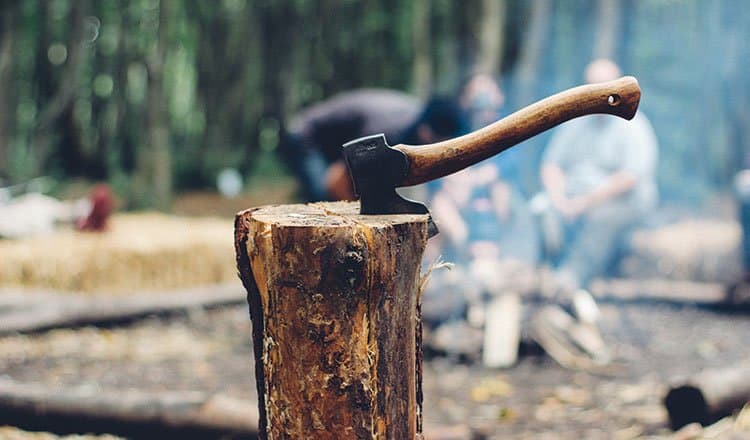
Where the stories started
“In 1885, Taicho came over from Alaska to Canada, on what is called the Copper Grease Trail. He came over with one wife, who was Chilkat Tlingit from Klukwan, Alaska, one daughter and six boys. He left behind two wives and 13 kids.”
Joe Jack’s only comment, with a smile, was, “Taicho was a good family man. Because he had kids over there and kids on this side, he would go over back and forth. The reason given for why Taicho came to Canada was because he had killed a Russian. That’s the story my dad told me as he started his stories because that is as much as Dad learnt from his father, Copper Jack,” said Joe.
The Copper family figured Taicho died around 1909. Because Joe Jack’s father was born in 1916, he did not know his grandpa Taicho. Joe continued. “When he came over to the White River country, via the Copper Grease Trail, he passed over the headwaters of the Copper River, and then came down the upper headwaters of White River. This particular path is one of the very few places where you can pass without being blocked off by glaciers. In the pass that they come through, they would walk right by the glacier as they went through the pass. When they came into the Canada side, they began to stay near the headwaters of the White River and would winter at Tchawsahmon Lake. Tchawsahmon is located about 10 air miles west of the present White River bridge.
They would stay there because the fishing was good. In the summer time, they would go back up the upper White and would summer at a place called North Fork Island. (If you googled North Fork Island, it’s actually an island almost shaped like a triangle, with dense, dark green spruce trees covering the island. The rest of the area is made up of riparian willow communities, glacial runoff and braided streams.
The naming of the Copper River had its translation problems. When the first white geologists came into the Copper River region, they asked the people, ‘What do you call this river?’
‘Chitina,’ the people said.
‘Ok,’ they said. ‘Then we will call it Chitina River.
What they did not realise was that ‘Chiti’ means copper and ‘Na’ means river. If you translate into English, it’s called Copper River. Now the translation would mean ‘Copper River River.’
In that area, you’ll see Copper Center near one of the tributaries, there would be Mentasta, and a historic village between Mentasta and Klutikah, called Benzuletas village. And for the purpose of later stories, we call this the Warrior village, because that is where you could get ‘warriors’ for hire. Mercenaries. They played a part in the slaughter of the people of Dezadeash Village, Yukon, but that’s a different story. The warriors would go over to the Yukon side, did their work, and then went back home.”
Joe continued to clarify where his stories took place. “Where the White River comes down and meets the Yukon River, there is Coffee Creek. If we follow the White River down to where it hits the Yukon River, the Copper Grease trail follows the White River down to Coffee Creek. That is what is called now, but back then it had a different name.”
There are a few more villages that will feature in Joe’s stories that are important. Near a lake now called Wellesley Lake, there used to be a village on the north side. Also, there is yet another village just north of the Donjek, and this one was called Copper City. Joe says he does not know why they called it Copper City, but that is what they called it. He suspects that the name came about because it was a Copper village, inhabited by Taicho’s family. Yet another village is found where the Donjek meets the Nisling River, and that was called Lynx City. Lynx City was four miles upstream from the Donjek, on the Nisling River. That village has been washed away during high water.
This, then, is the land and the sacred stories of that land that Joe Jack will be sharing.

